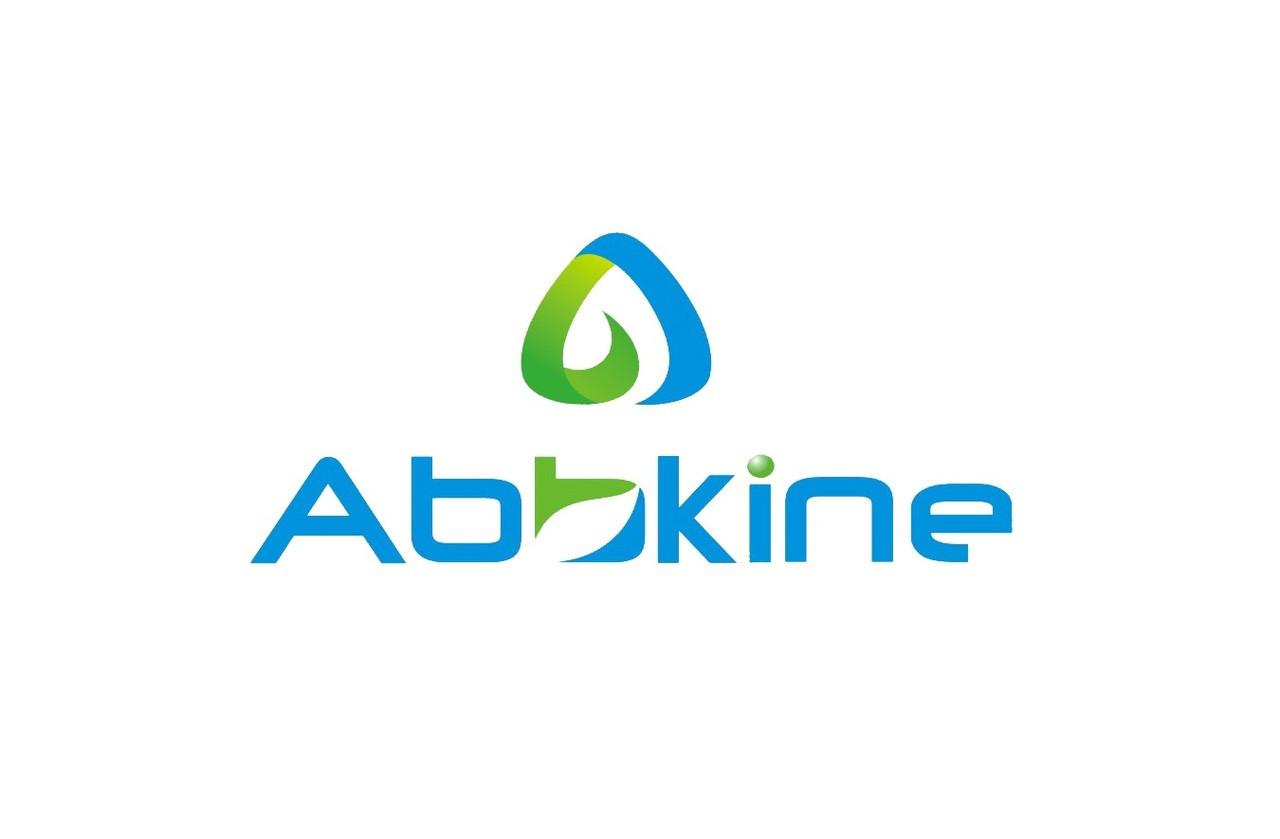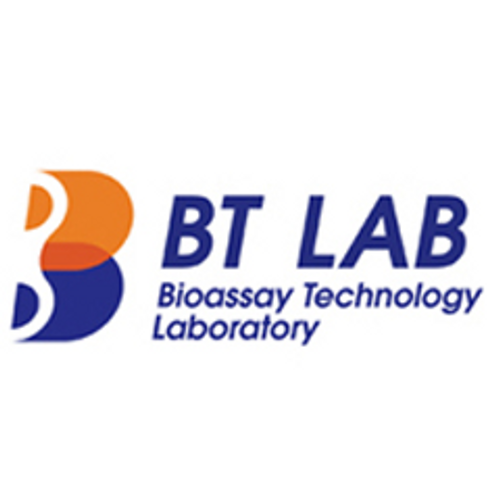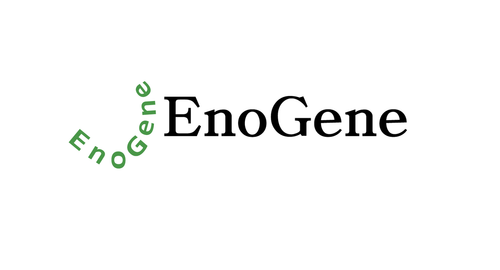Product Description
ORAOV1 Polyclonal Antibody | ABP52085 | Abbkine
Immunogen: Synthesized peptide derived from the Internal region of human ORAOV1 at AA range: 50-130
Product Category: Protein
Application: Protein General Reagents
Product Type: Primary Antibody
Host: Rabbit
Reactivity: Human
Application: WB, IHC-P, IF, ELISA
Application Note: Optimal working dilutions should be determined experimentally by the investigator. Suggested starting dilutions are as follows: WB (1:500-1:2000), IHC-P (1:100-1:300), IF (1:200-1:1000), ELISA (1:10000) . Not yet tested in other applications.
Clonality: Polyclonal
Isotype: Rabbit IgG
Formulation: Liquid solution
Kit Component: N/A
Concentration: 1 mg/ml
Storage Buffer: PBS containing 50% Glycerol, 0.5% BSA and 0.02% Sodium Azide.
Storage Instructions: Stable for one year at -20°C from date of shipment. For maximum recovery of product, centrifuge the original vial after thawing and prior to removing the cap. Aliquot to avoid repeated freezing and thawing.
Shipping Condition: Gel pack with blue ice.
Background: SLC22A18 is one of several tumor-suppressing subtransferable fragments located in the imprinted gene domain of 11p15., an important tumor-suppressor gene region. Alterations in this region have been associated with the Beckwith-Wiedemann syndrome, Wilms tumor, rhabdomyosarcoma, adrenocortical carcinoma, and lung, ovarian, and breast cancer. SLC22A18 is imprinted, with preferential expression from the maternal allele. Mutations in SLC22A18 have been found in Wilms' tumor and lung cancer. Solute carrier family 22 member 18 may act as a transporter of organic cations, and have a role in the transport of chloroquine and quinidine-related compounds in kidney. Several alternatively spliced transcript variants encoding different isoforms have been described.
Alternative Names: ORAOV1; TAOS1; Oral cancer-overexpressed protein 1; Tumor-amplified and overexpressed sequence 1
Precaution: The product listed herein is for research use only and is not intended for use in human or clinical diagnosis. Suggested applications of our products are not recommendations to use our products in violation of any patent or as a license. We cannot be responsible for patent infringements or other violations that may occur with the use of this product.
 Euro
Euro
 USD
USD
 British Pound
British Pound
 NULL
NULL












